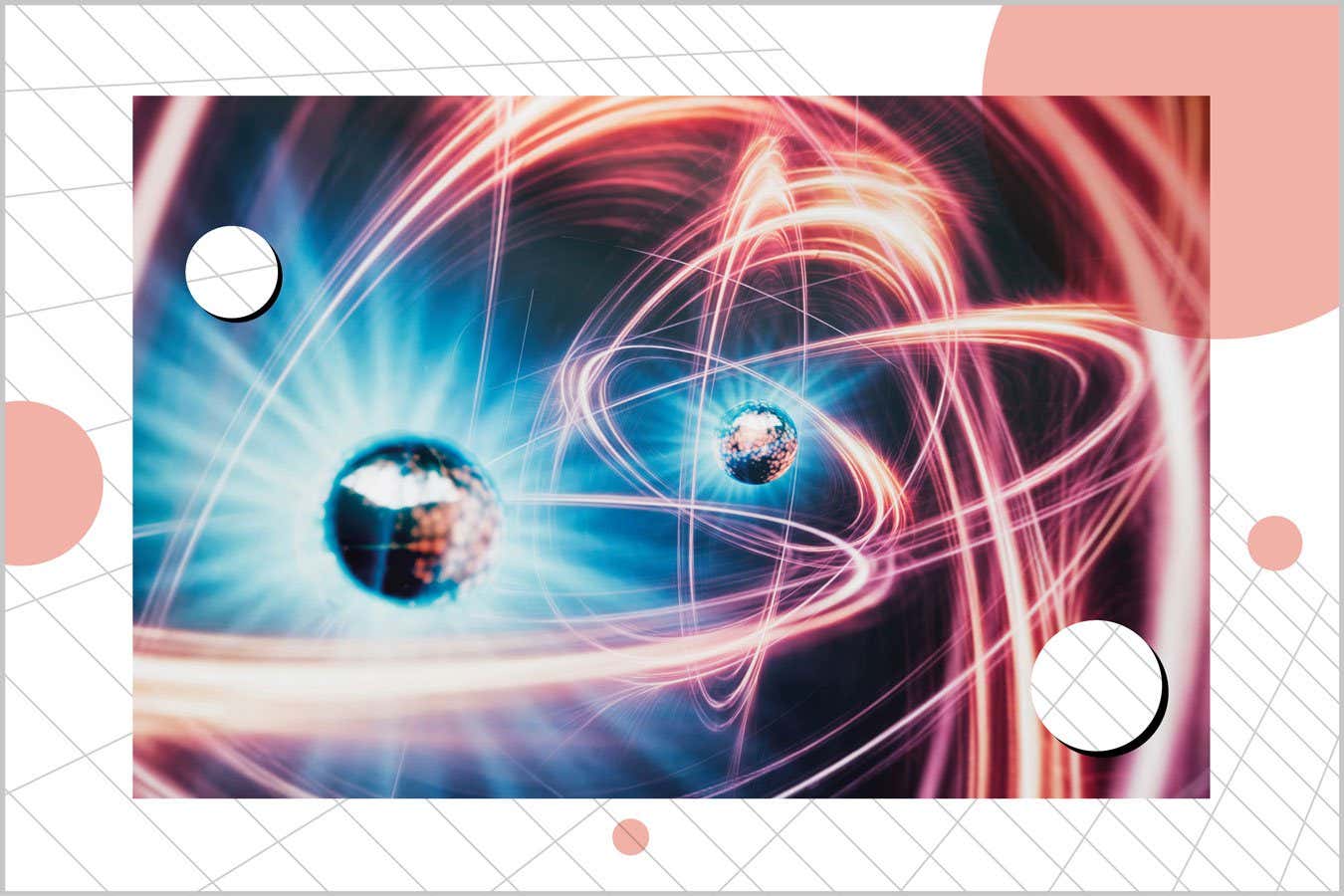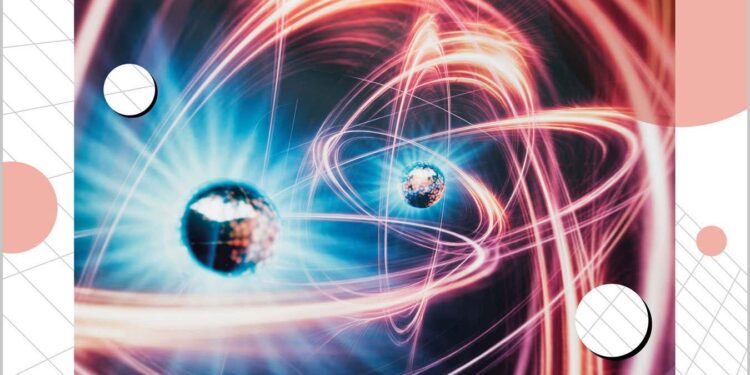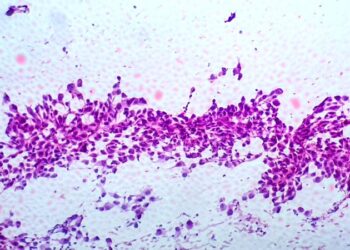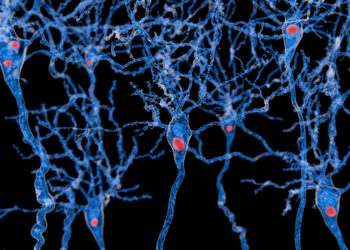
koto_feja/Getty Images
koto_feja/Getty Images
When we think of particles, we tend to think of them as real objects – tiny, point-like entities with definite properties such as position or speed. But particles are really just energetic spikes in the underlying fields that permeate the universe, which themselves can’t be observed directly. All of which can get a bit confusing.
This story is part of our Concepts Special, in which we reveal how experts think about some of the most mind-blowing ideas in science. Read more here
And yet deeper bafflement awaits when you consider the existence of quasiparticles, which emerge from the complex interactions between the “fundamental” particles in solids, liquids and plasmas. They boast near-magical properties that promise exotic new materials and technologies, while forcing us to confront some of our deeply held beliefs about particles in general.
“They very much muddy the waters when it comes to the question of what is a particle,” says Douglas Natelson at Rice University in Houston, Texas. A quasiparticle is “some kind of excitation in a material that has many of the properties you think of as being particle-like”, he says. They can have a reasonably well-defined position and velocity. They can have charge. They can carry energy. Why, then, are they only quasiparticles and not real particles?
It comes down to them existing only inside matter. Natelson compares it to spectators doing “the wave” in a stadium. “We can look at the wave and say ‘Oh, look! There’s a wave, it’s about so big and it’s travelling at a certain speed.’ But the wave is actually this collective thing made up of the behaviour of all of the fans in the stadium.”
To coax quasiparticles into existence, physicists take an object, such as a piece of metal, and subject it to extreme temperatures or pressures or magnetic fields. Then they observe the collective behaviour of the particles within.
One of the first of these strange phenomena was discovered in the 1940s. It was a “hole”: the absence of a negatively charged electron where one should exist. These holes hop around inside solids like positively charged particles, and by treating them as independent entities, researchers were able to create the semiconductors that now power laptops and smartphones.
“Basically, all of modern electronics is based on electrons and holes,” says Leon Balents at the University of California, Santa Barbara. “We make use of these quasiparticles all the time.”
In the intervening decades, we have discovered a whole zoo of exotic quasiparticles. There are magnons, emerging from waves in spin, the quantum property that is the basis of magnetism. There are Cooper pairs, which emerge at low temperatures and carry electrical charge with no resistance in superconductors. The list goes on. And, indeed, it continues to grow as physicists predict and observe even weirder species with strange-sounding names, including pi-tons, fractons and even wrinklons.
One of the most exciting, says Balents, are non-Abelian anyons. Unlike other particles we know of, these quasiparticles can, in effect, remember how they have been manipulated – a property that makes them a tantalising proposition for use in quantum computers.
“The jury’s still out on whether they’ll actually be useful,” says Balents. Nevertheless, Microsoft and other major corporations are investing heavily in quasiparticle research.
The other reason quasiparticles are so fascinating takes us back to the question of what a particle is. If quasiparticles have particle-like properties, then we have to consider that the “fundamental” particles from whose interactions they arise – your electrons, photons and quarks – may themselves emerge from something deeper.
“Are the things that we think of as fundamental particles really fundamental, or are they somehow quasiparticles of some underlying fundamental theory?” says Natelson. “Is it elephants all the way down?”
Read the other stories in this series using the links below:
Topics:
Source link : https://www.newscientist.com/article/2483232-the-deep-lessons-quasiparticles-teach-us-about-the-nature-of-reality/?utm_campaign=RSS%7CNSNS&utm_source=NSNS&utm_medium=RSS&utm_content=home
Author :
Publish date : 2025-06-23 14:00:00
Copyright for syndicated content belongs to the linked Source.














